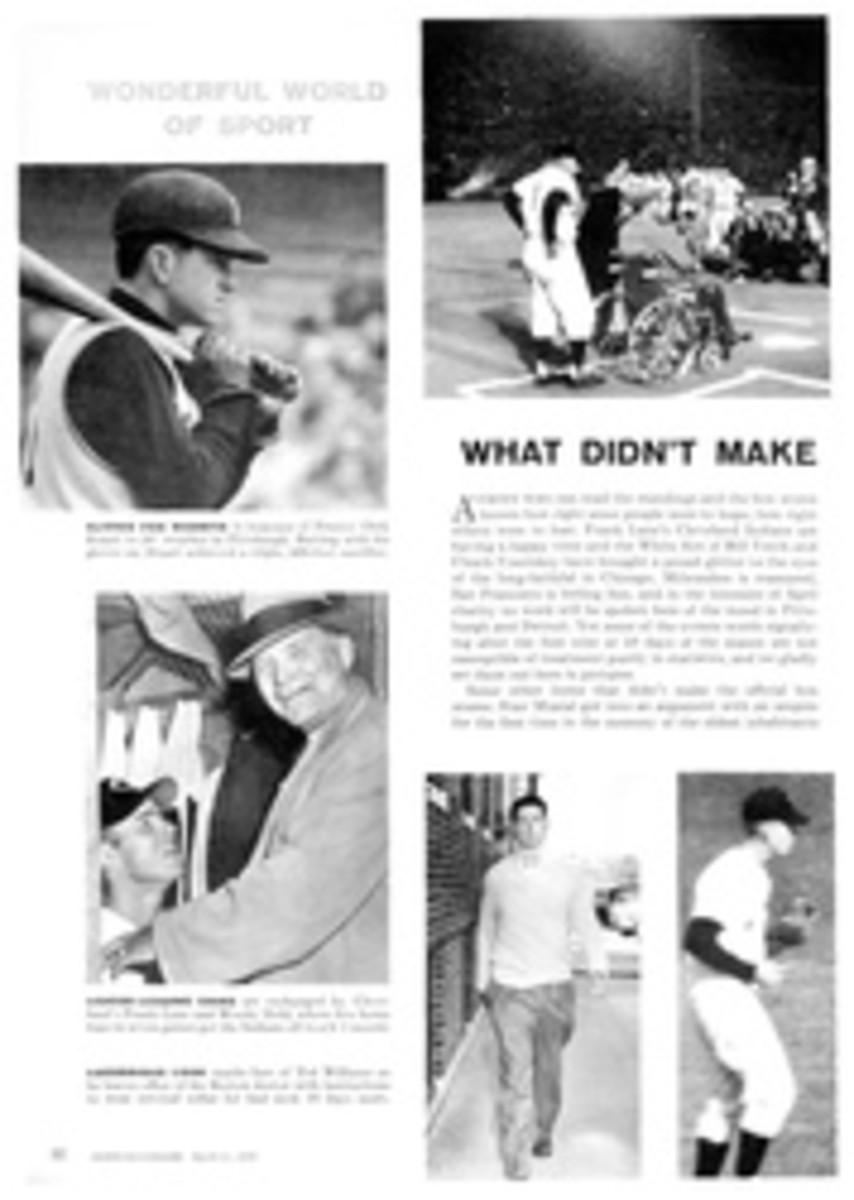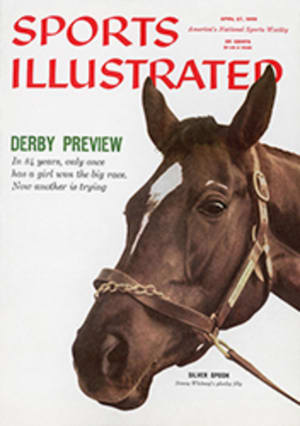
Consistency in the fairway woods
When you're playing your fairway woods keep well in mind that as long as you overswing you cannot have control over where the ball is going. Part, and parcel of overswinging, brought on by the hunt for distance, is an overshifting of the weight to the right foot on the back-swing and then forward onto the left foot on the downswing. It breeds chronic inaccuracy. When the left foot jumps way off the ground, as it will when you overswing, it's almost an impossible job for a golfer to hold himself over the ball as he should. And the extra power you think you are getting from the extra movement is in reality only an extra expenditure of effort.
On the fairway woods you should, to use the expression we do in Canada, "trap" the left foot. What this means, in essence, is to limit its activity as far as possible. Don't allow it to work. I believe a man can hit a ball at least as far (and certainly with much more accuracy) if he develops a precise, less lengthy swing in which the left foot is not freely released going back. In the old days both the American and English players had looser styles and the players had to work very hard when they went in search of distance. Today we realize much more clearly that distance comes from getting a full shoulder pivot and from delayed action timing which depends on the player's balance and position as he comes into the ball.
My idea on wood shots is to allow the hands full release at impact. You can't work over the ball if your hands are too locked. And you will not arrive in a position very often to release your hands fully if you indulge in too long a backswing and lose your position over the ball.
STAN LEONARD, Vancouver, B.C.
PHOTO
ILLUSTRATION
"Trap" the left foot
NEXT PRO: Ralph Hutchison on the reverse overlap for putting

